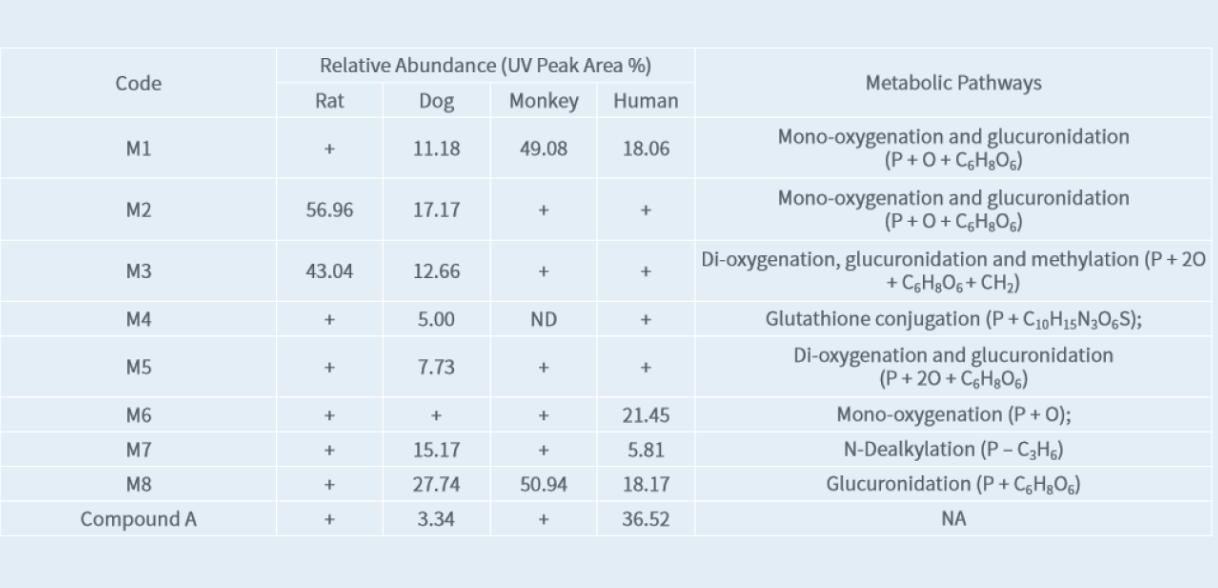In vitro metabolite profiling and identification (MetID) have revolutionized the pharmaceutical industry by providing a fast, efficient, and high-throughput approach to understanding biotransformation mechanisms. This technique is essential for predicting in vivo metabolism, optimizing lead compounds, and conducting toxicological experiments. By employing advanced bioanalytical methods, metid enhances the accuracy of metabolite identification, playing a crucial role in drug development.

What Is MetID and Why Is It Important?
Definition and Concept of MetID
MetID involves identifying and profiling metabolites, which are the byproducts of metabolic reactions in biological systems. These processes can be studied in vitro using various incubation systems such as liver microsomes, hepatocytes, and plasma. Results obtained from these studies help scientists identify metabolic pathways and predict how drugs will behave in the human body.
Role of MetID in Drug Development
In the drug development process, understanding how a compound is metabolized is critical. MetID helps to reveal the metabolic pathways and the fate of the drug in the body, providing insights into its efficacy and safety. Identifying primary and secondary metabolites enables researchers to predict drug interactions, identify potential side effects, and understand the influence of genetic variation on drug metabolism.
Importance in Understanding Metabolism and Drug Efficacy
Accurate metabolite identification allows researchers to comprehend drug behavior better. This understanding is vital for predicting therapeutic effects, toxicity, and potential drug-drug interactions. By accurately identifying and characterizing metabolites, scientists can ensure that new drugs are both safe and effective before they proceed to clinical trials.
Key MetID Techniques for Enhanced Accuracy
LC-MS and Its Role in Metabolite Profiling
Liquid chromatography-mass spectrometry (LC-MS) is a cornerstone of MetID. This technique combines the physical separation capabilities of liquid chromatography with the mass analysis capabilities of mass spectrometry. LC-MS aids in the separation, identification, and quantification of metabolites, making it indispensable for metabolite profiling.
Integration of Chromatographic and Mass Spectrometric Data
The integration of chromatographic and mass spectrometric data is essential for accurate metabolite identification. By coupling high-performance liquid chromatography (HPLC) with high-resolution mass spectrometry (HRMS), researchers can detect and characterize even minor and unstable metabolites. This integration provides a detailed metabolite profile and ensures that all compound-related data is captured comprehensively.
Benefits of High-Resolution Mass Spectrometry
High-resolution mass spectrometry (HRMS) offers significant advantages, such as higher sensitivity and specificity, allowing for the detection of low-abundance metabolites. HRMS also provides accurate mass measurements, which are crucial for confirming metabolite structures and distinguishing between isomeric compounds. These benefits make HRMS an indispensable tool in MetID.
How Does MetID Address Common Challenges in Metabolite Identification?
Common Challenges in Traditional Metabolite Identification
Traditional methods of metabolite identification often face several hurdles, including low sensitivity, non-specific detections, and time-consuming processes. The complexity of biological matrices and the presence of numerous closely related compounds add to these challenges.
Enhancing Sensitivity, Specificity, and Throughput
MetID techniques significantly improve sensitivity and specificity, enabling the detection of low-abundance metabolites that would otherwise go unnoticed. Advanced methods like HRMS and tandem mass spectrometry (MS/MS) enhance throughput, allowing for rapid and accurate analysis across multiple samples. This combined approach leads to more comprehensive metabolite profiling.
Overcoming Isomeric/Metabolic Ambiguity and Incomplete Structures
One major challenge in metabolite identification is resolving isomeric compounds and incomplete structural elucidation. By utilizing HRMS, combined with techniques such as hydrogen/deuterium (H/D) exchange and titanium trichloride reduction assays, MetID addresses these ambiguities. Accurate mass measurements and advanced data analysis software help in resolving structural uncertainties, ensuring precise identification of metabolites.
Benefits of Using MetID in Drug Development
Improving Understanding of Drug Metabolism and Safety
MetID enhances the understanding of drug metabolism, which is paramount for evaluating the safety and efficacy of pharmaceutical compounds. By identifying all relevant metabolites, researchers can predict potential adverse reactions and drug interactions, ensuring the safe progression of compounds through development.
Impact on Regulatory Submissions and Clinical Trials
Accurate metabolite identification through MetID provides comprehensive data that is crucial for regulatory submissions. Agencies like the FDA require detailed metabolic profiles to assess the safety of new drugs. MetID data supports these submissions by demonstrating a thorough understanding of a drug’s metabolic fate. This knowledge is also vital during clinical trials, ensuring that all potential risks are identified and mitigated early.

Case Examples of Successful MetID Applications
A notable case study involves the metabolite profiling of Compound A in various species, including rats, dogs, monkeys, and humans. LC-UV-HRMS analysis identified eight metabolites, with significant similarities in the metabolic profiles between human and dog hepatocytes. This cross-species comparison highlighted the suitability of dogs for the toxicological evaluation of Compound A, demonstrating the practical applications of MetID in real-world scenarios.
Conclusion
MetID has fundamentally transformed the landscape of drug development by improving metabolite identification accuracy. Techniques like LC-MS and HRMS have elevated the sensitivity, specificity, and throughput of metabolite profiling, addressing longstanding challenges. By optimizing drug metabolism understanding, MetID ensures that new pharmaceutical compounds are safe and effective, facilitating smoother regulatory submissions and clinical trials. The ongoing advancements in MetID will continue to bolster the pharmaceutical industry’s ability to develop innovative, life-saving drugs.







